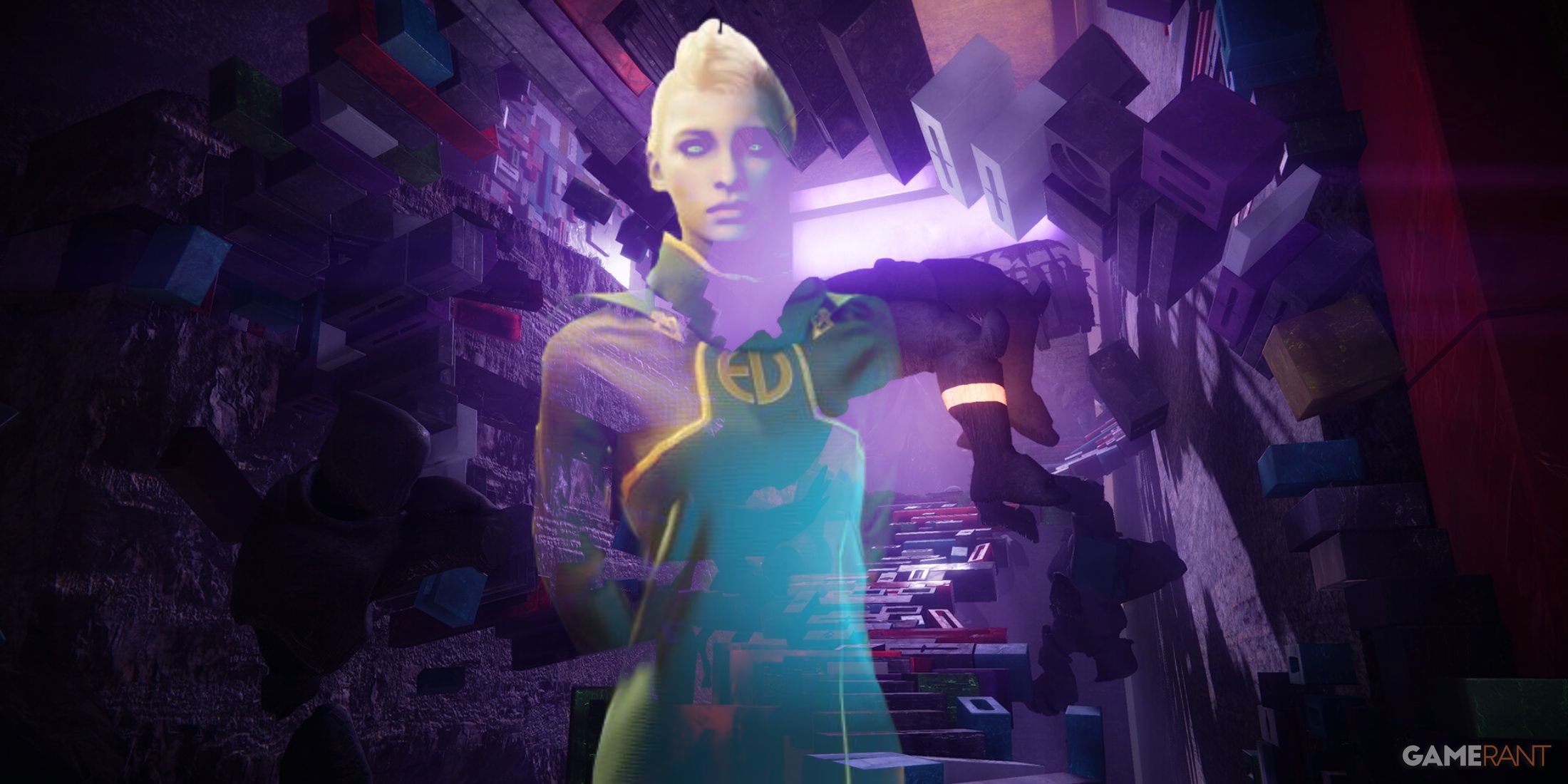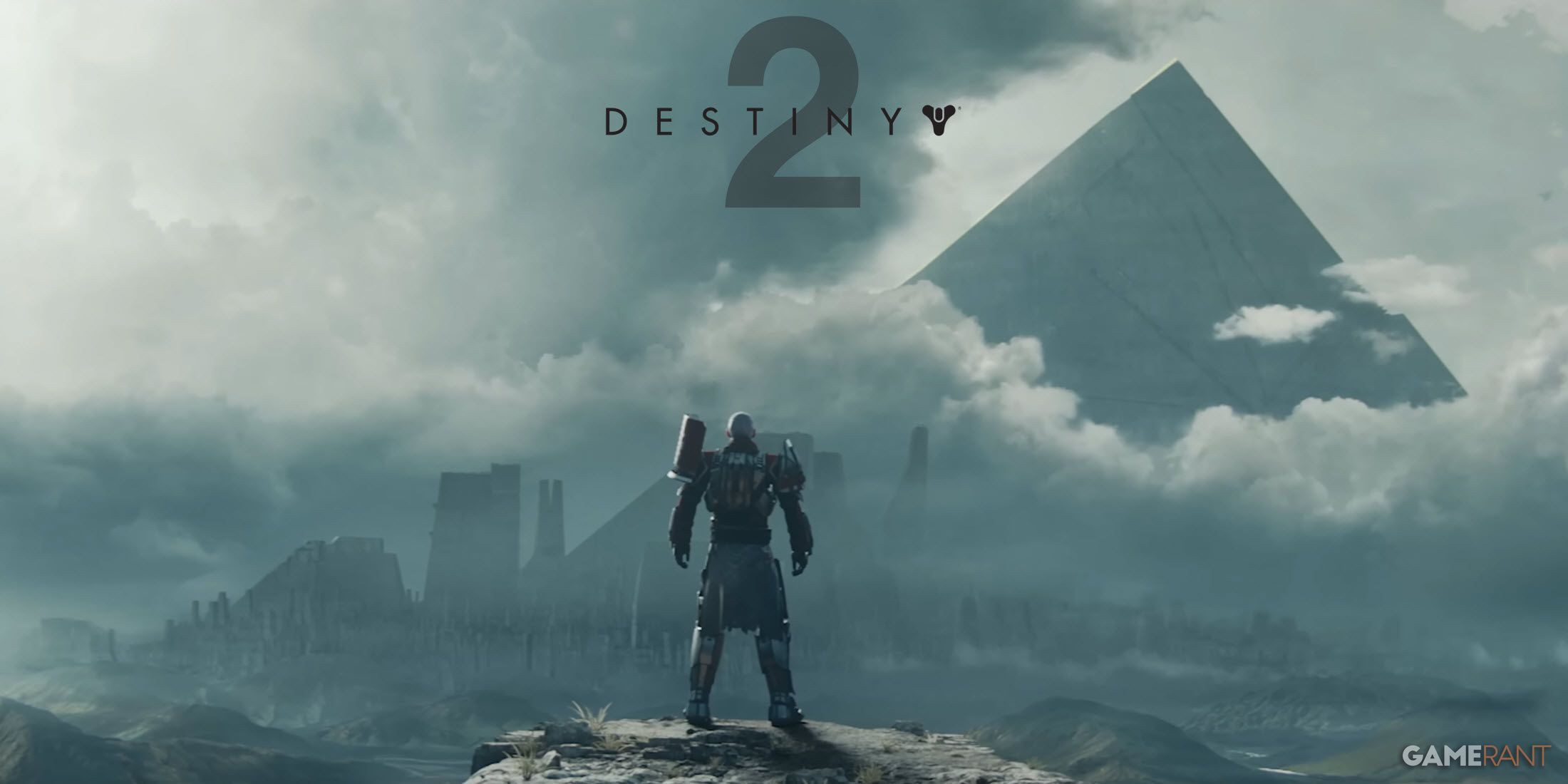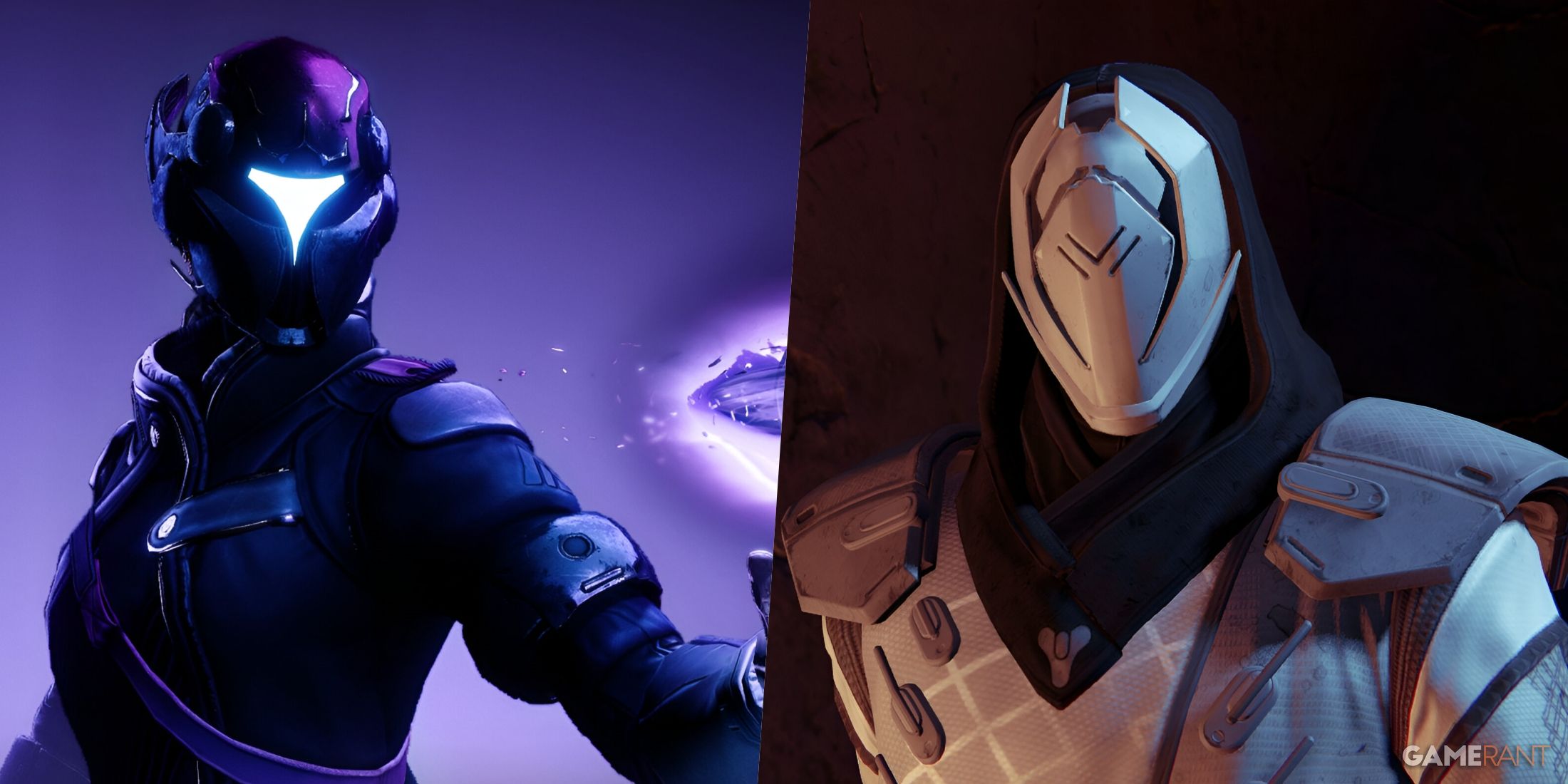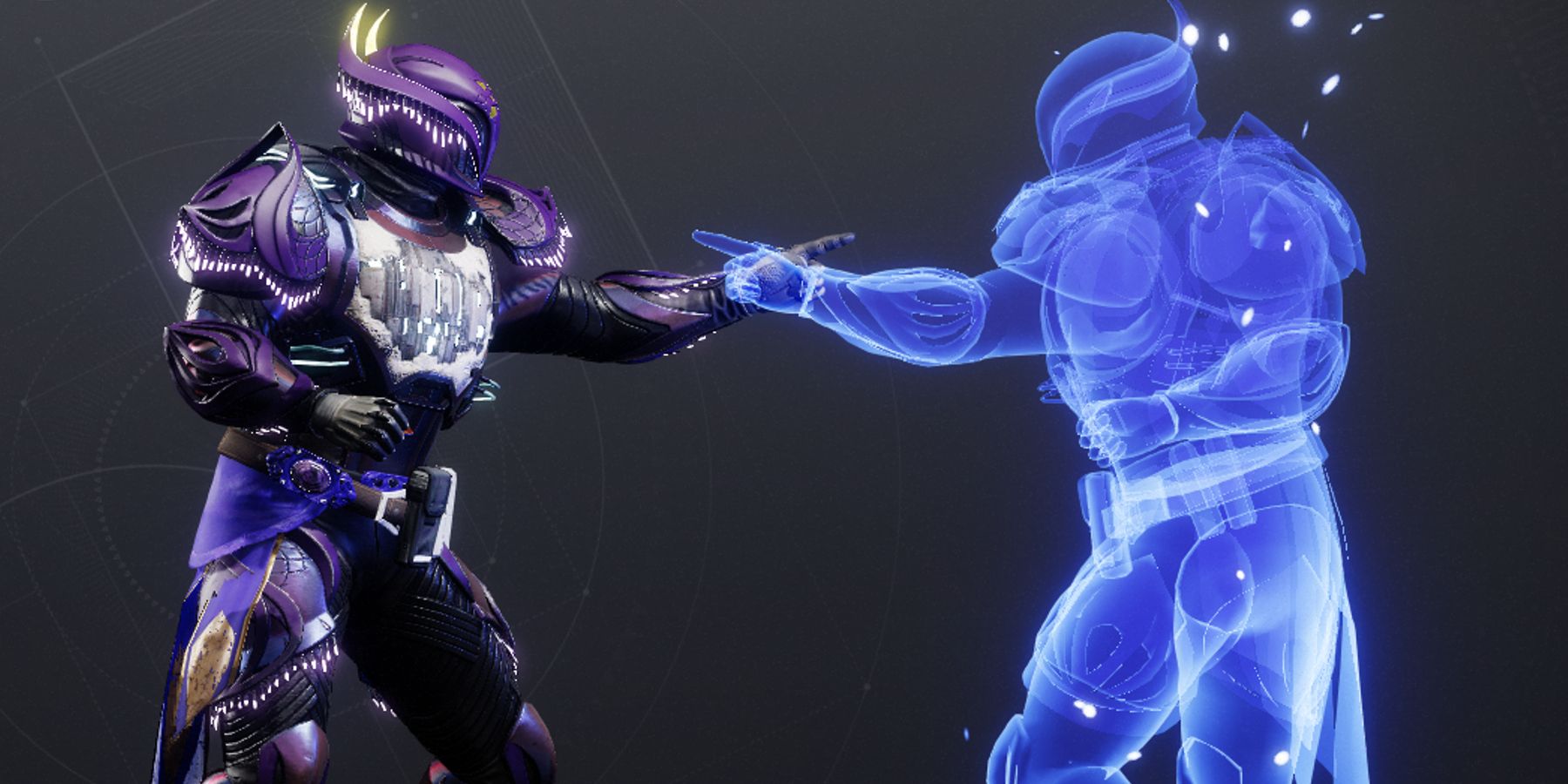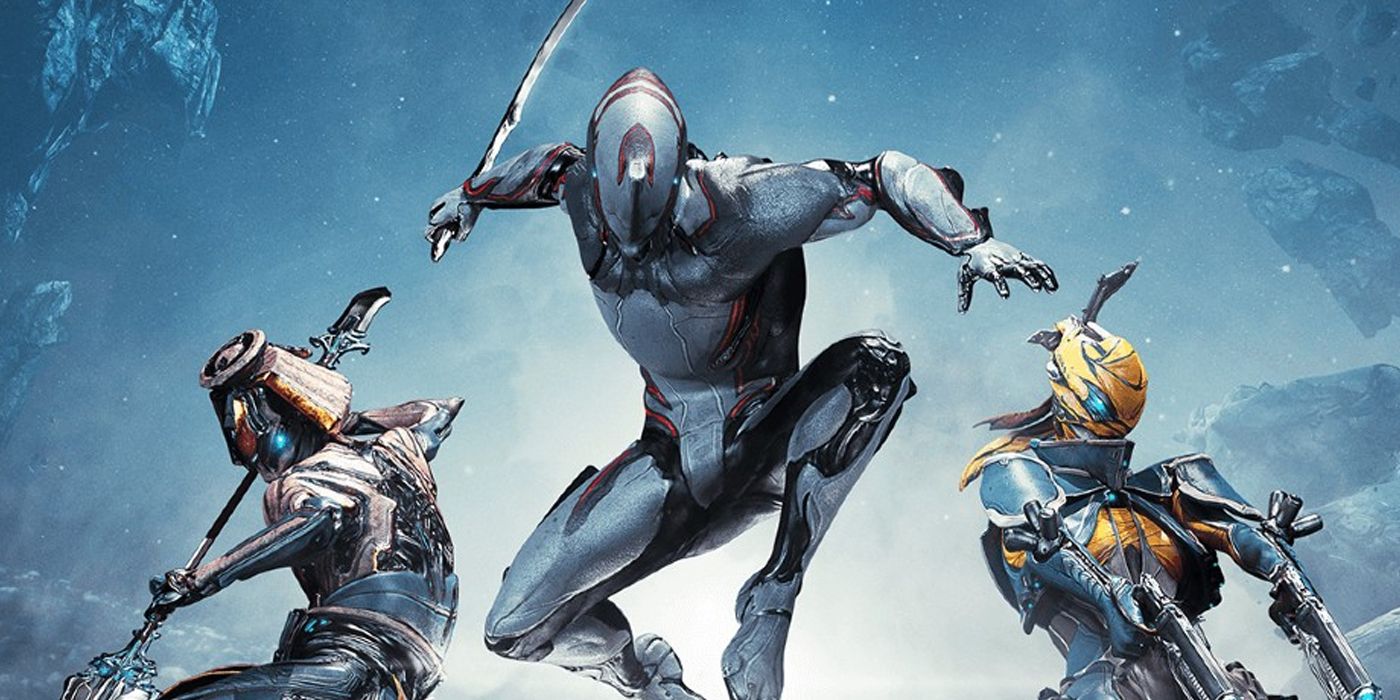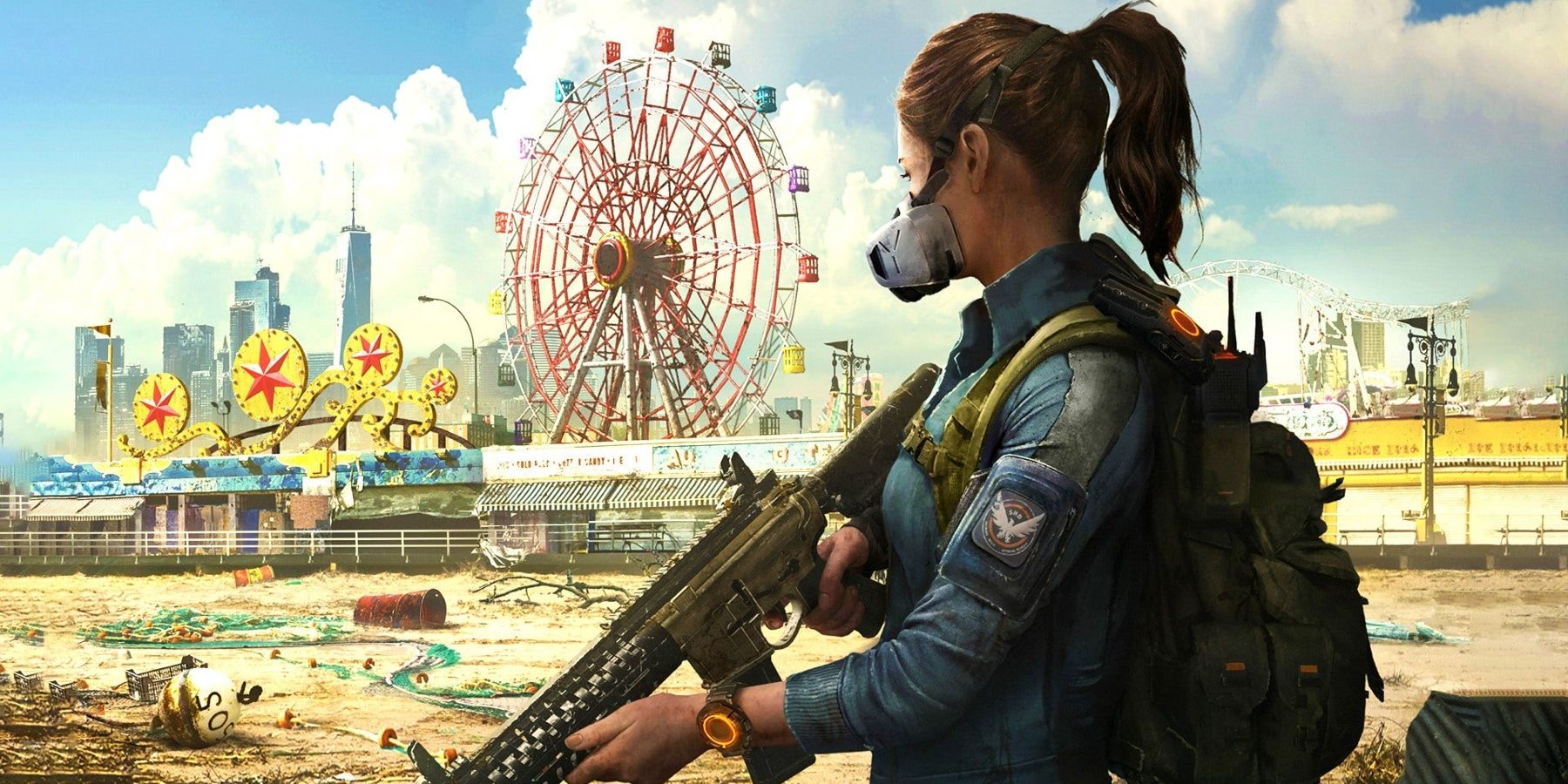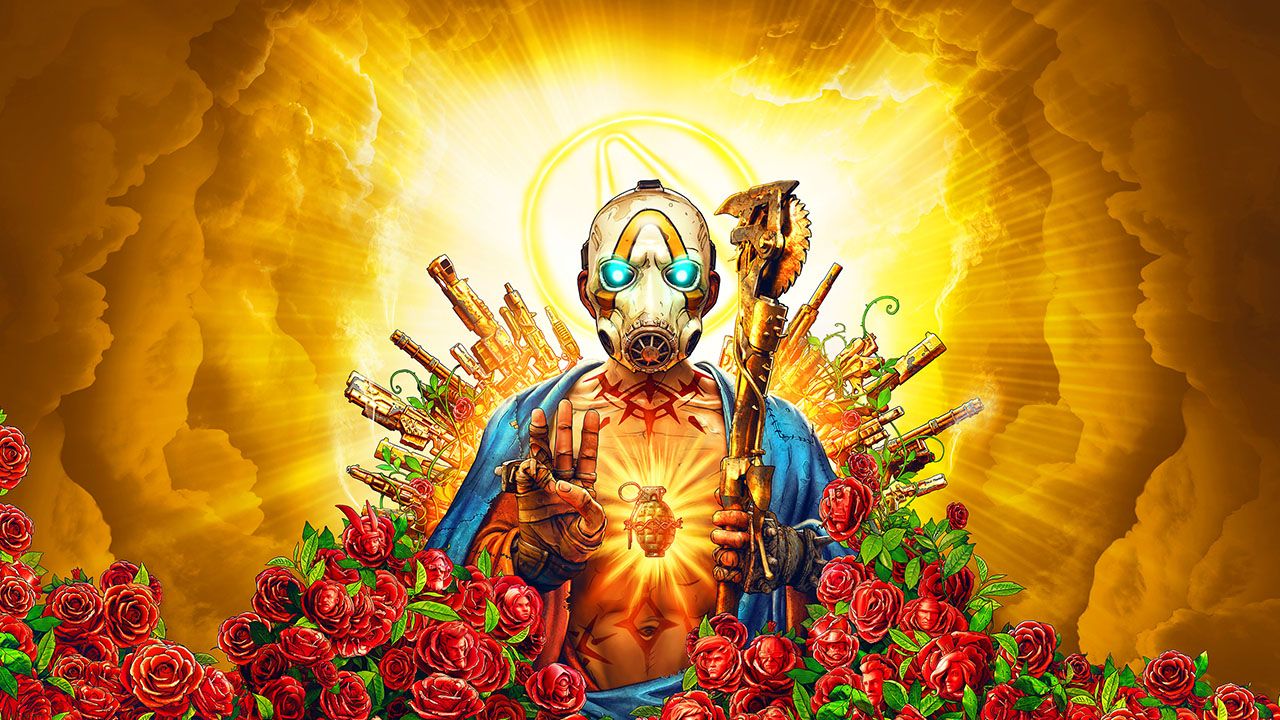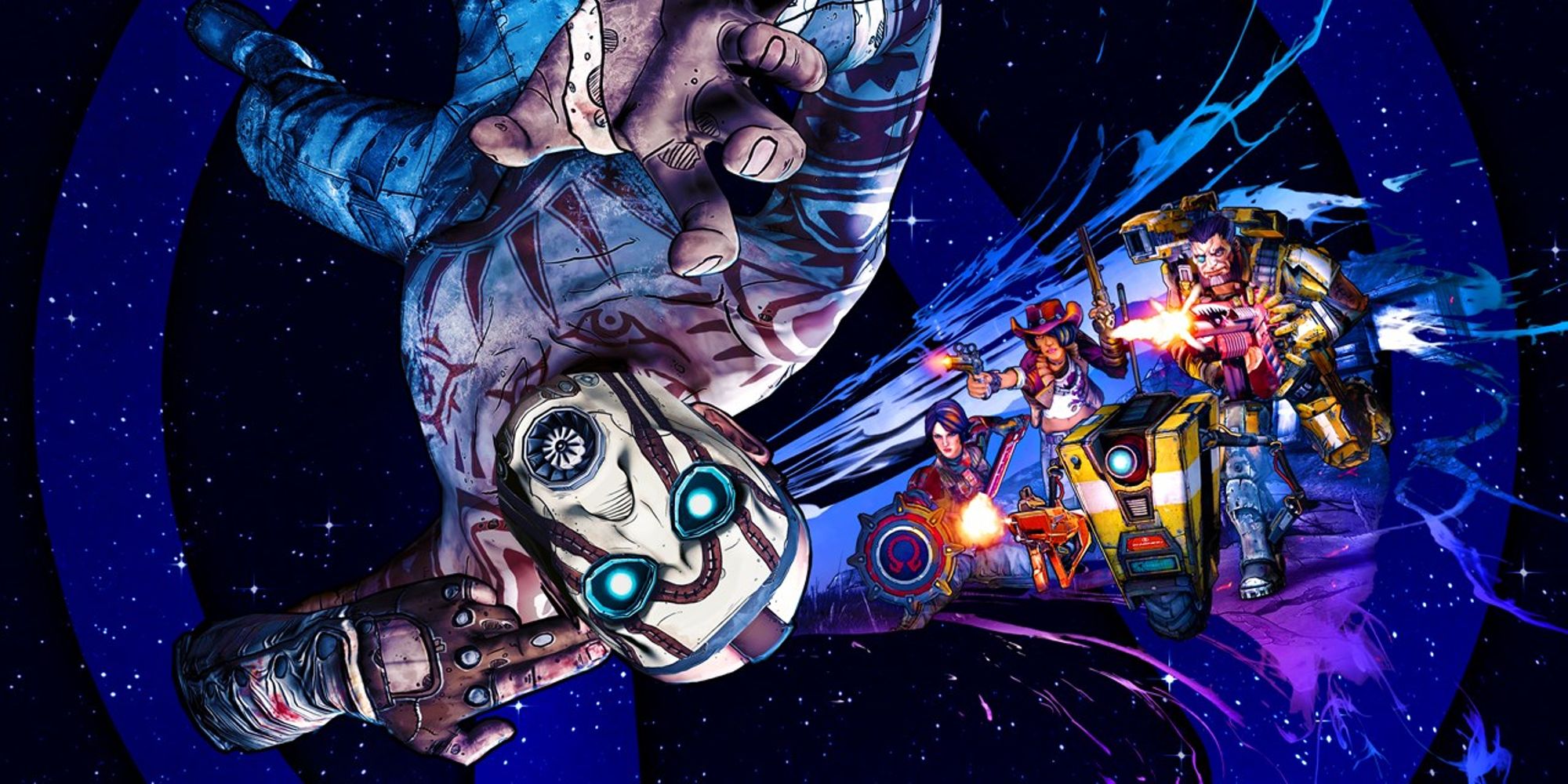For a long time, fans have demanded features from Destiny 2's several community and developer companion apps and sites to be included in the game. The beloved community projects have been ahead on gear loadouts and mobile storage transfers since the first Destiny, and in the game's upcoming Lightfall expansion the feature to save loadouts is meant to make an appearance in the game. Even as some of these features from the companion projects may arrive in the game, additional features from across the looter-shooter genre could also be a worthy investment for Destiny 2.
Grabbing bounties and browsing vendors’ inventories on the companion apps and sites saves players from halting their gameplay to return to most of the games' social spaces. With mobile alternatives increasingly replacing the need to visit social spaces outside of limited events, story progress, and focusing loot engrams, the desire for more uses specific to social spaces is growing. Not to mention, when the game encounters technical difficulties, the features in Destiny 2’s companion apps are disabled until the problem is addressed. Adding in new major features used in other looter-shooter games could help improve the experience of visiting social spaces, as well as other quality-of-life aspects while reducing the reliance on companion apps.
Warframe's Simulacrum Testing Environment
One of the most impactful additions Destiny 2 could benefit from would be adding a firing range or testing area to some of the social spaces. Having access to a controlled environment where any combination of player’s gear could be tested would benefit a great amount of the community, from curious casual players to min-maxing hardcore players. This area could provide players with free and unrestricted access to every possible component of gear, allowing players to determine what loot they need to acquire to manifest their desired build. Another possibility would be to give players a chance to test gear before buying it from vendors, like the Exotic gear vendor, Xur.
While Warframe's testing area, the Simulacrum, doesn't grant the all-expenses-included kind of trial access fantasized above, it's a much more simulation-oriented testing area than any kind of cardboard cutouts or paper targets from other looter-shooters' firing ranges. Warframe's Simulacrum has the unique trait of having to unlock the individual enemies that players summon there by finding specific variants of the enemy as random encounters throughout otherwise normal missions, as well as unlocking the Simulacrum itself from the Cephalon Simaris faction in Warframe. Such a randomized grind could meanwhile spice up Destiny 2's Vanguard Strikes playlist by motivating players to play through older Strikes, without the challenges involved with adding entirely new Strikes.
Loot Trading in The Division 2
While it’s not a realistic expectation, a loot trading system would be nice to have in Destiny 2. With the community monetizing the external matchmaking of the Trials of Osiris competitive multiplayer mode, it’s likely that any form of a trading system in Destiny 2 would soon have a real-world market. One option to add a trading system with minimal exposure to ToS-breaking monetization is to limit the conditions of the trades, like how trading is handled in Tom Clancy's The Division 2. For example, Destiny 2 limiting trading to the loot and making it exclusive to fireteams on any activity completion would allow teammates to exchange loot in post-game scenarios.
In The Division 2, players can share any loot from any source in the game, with the exception that pieces are only available to share for 1 hour after obtaining and only tradable with people who were on the players' team when the loot was obtained. This feature wasn't available at the game's launch but was eventually added in a later update, and makes a great incentive to team up with friends, clan members, and/or match-made activities. Comparing Destiny 2 to The Division 2, they have a lot in common as looter-shooters, though there's still plenty they could learn from each other, like the inclusion of the previously mentioned firing range among other features and concepts.
Borderlands 3's Mayhem Mode
With so many PvE activities having difficulty tiers and appropriately increased rewards, it’s somewhat surprising that Patrol Zones don’t have the option for increased difficulties. The Patrol Zones are effectively Destiny 2’s most casual activity, and outside the experience points from daily bounties and seasonal challenges, most planets’ Patrol Zones don’t offer much for end-game players. Having the option to unlock increased difficulty tiers for Patrol Zones could notably improve the poor rewards from Destiny 2's Public Events, especially Heroic ones. If the Patrol Zone difficulties were as simple as applying a few modifiers to the players, they could be implemented without negatively affecting matchmaking.
A prime example of a looter-shooter having difficulty levels that bring specific bonuses to rewards is the Mayhem Modes of Borderlands 3. More recently, Mayhem 2.0 in Borderlands 3 spiced up the combat with fun modifiers that can be rerolled and also ramped up weapon damage and character builds to scale up to pace. Each tier of the Mayhem Mode in Borderlands 3, up to Mayhem 11, comes with a percentage bonus to the amount of experience points and currencies earned, along with gear relevant to the Mayhem level it was acquired in.
The Loot Grinder from Borderlands: The Pre Sequel
Once players make it to the late-game content, anything lesser than legendary loot becomes insignificant, though it doesn’t need to stay that way forever. Blue rarity loot in Destiny 2 is currently useful to dismantle for a small amount of currency and faction reputation for the Gunsmith, although “useful” is an overstatement. A feature that could solve more than the blight of blues in Destiny 2 is a method for upcycling loot. Turning a handful of blue loot into a Legendary loot piece could provide the perfect use for blues, without having to justify their prevalence in the endgame loot pool. Conversions already exist in several of the game’s currencies and planetary materials, so extending the system to weapons is a reasonable possibility.
A potential source that Destiny 2 could lend from is the Grinder machine from Borderlands: The Pre-Sequel. Many of the features introduced in Borderlands: The Pre-Sequel, unfortunately, didn't make the cut into some of the later games of the series, like the "Oz" oxygen kits, laser weapons (with some exceptions), and the Grinder loot recycling machine. The Grinder had a fully developed recipe system for producing desired loot types and loot qualities alike and provided players the opportunity to infuse certain recipes with the Moonstone currency to improve the odds at higher-quality loot. Destiny 2's Legendary Shards would be a worthy substitute for Moonstone, and such an intricate recipe system already seems on character for the game.
At any rate, it's somewhat of a shame that more games in the looter-shooter genre don't feature methods for upcycling loot. With ongoing plans for continued support, and at its typical pace, the future of Destiny 2 has always been unimaginable. As the community of fans continues to demonstrate through mainstream usage of third-party companion apps, the game could still stand to include a handful of additional features. Outside of Destiny 2, some of the features popular in other looter-shooters could also make for well-deserved improvements.
Destiny 2 is available now for PC, PS4, PS5, Xbox One, and Xbox Series S/X.

